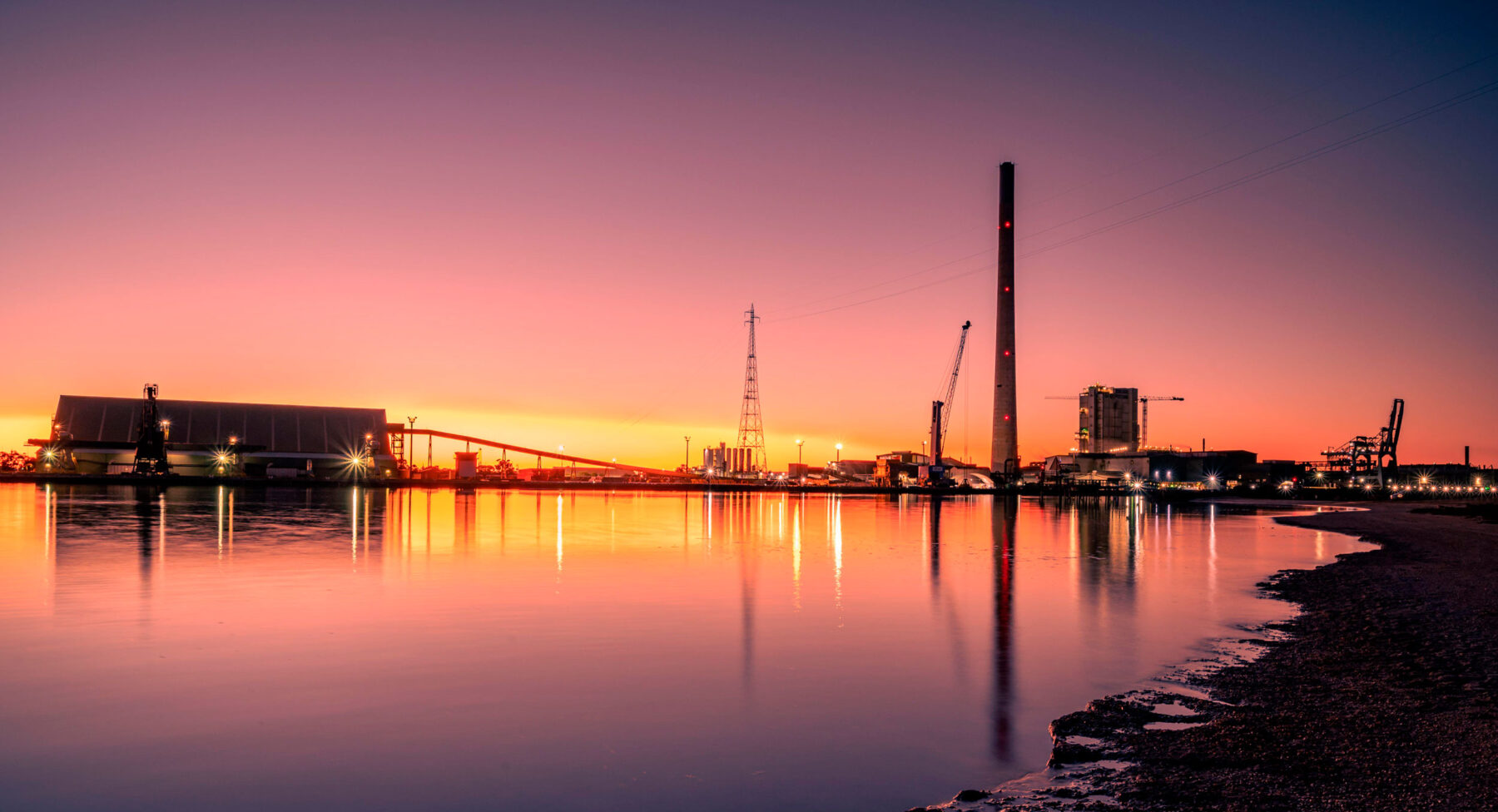Pollution-trapping seagrass stores dangerous heavy metals

The mud along a stretch of the upper Spencer Gulf, Australia’s largest estuary, is a toxic slurry of heavy metals. Zinc, cadmium, and lead permeate the seafloor, a hazardous legacy of buried contamination tracing back to 1889 when one of the world’s largest ore smelters started operating nearby.
People in the neighbouring industrial town of Port Pirie, in South Australia, are well aware that they live surrounded by dangerous heavy-metal pollution. Previous monitoring has found contamination from the still-operating plant in the air, on playground surfaces, in children’s blood, and in mangroves’ mud. But a new discovery made by Anna Lafratta and her colleagues while mapping a submarine deposit of heavy metals has created a whole new worry.
Based on core samples of the muddy seafloor, research led by Lafratta, a marine ecologist at Australia’s Edith Cowan University, shows that seagrass in a 110-square-kilometer area off Port Pirie has trapped a few thousand tonnes of heavy metals in its soil since smelting began. The expansive meadow of Posidonia australis seagrass now holds those heavily polluted sediments in place with its matted roots.

The seagrass looks healthy and appears to be tolerating the heavy metals, Lafratta says. But if something were to happen to the seagrass—a marine heatwave, maybe, or a big enough storm—it could die, exposing the contaminated soils to erosion and releasing truckloads of heavy metals back into the sea.
“It’s an environment we cannot lose,” Lafratta says. “As long as the seagrasses are there, the metals are safe and trapped in the sediments.”
But as the climate warms, the seagrass meadow’s safety is not assured. For one thing, the upper Spencer Gulf has been hit by extreme heat before. In the summer of 1993, a torturous marine heatwave killed more than 120 square kilometers of seagrass across a long stretch of coastline south from Port Pirie. The heatwave completely killed off the seagrasses in shallow intertidal areas, though P. australis in deeper waters survived. Scientists can’t say if any pollutants were released with this dieback because they had only just begun looking at the relationship between seagrasses and heavy metals trapped in the soil. At the time, they didn’t take the measurements that could have shown if any heavy metals leeched out of the sediment.
Research suggests, though, that even temperatures that aren’t quite hot enough to kill seagrass outright can still be a problem. A series of excessively hot days could cause seagrass canopies to thin, potentially loosening the plants’ grip on the sediments below.
Pollution-trapping seagrasses face other climate-related risks, too, says Alice Jones, a marine ecologist at the University of Adelaide in Australia who wasn’t involved in the study. Although the coastline near Port Pirie is relatively sheltered, Jones says storm surges can tear up seagrass beds. Rising seas could also submerge seagrasses in deep water that cuts off their access to sunlight.
Any process that damages vegetation or causes erosion “would lead to the pollutants that are stored in the soils to be released into the water,” Jones says. “And not only the pollution, but also the carbon.”
For now, the toxic metals lie dormant. Jones says that by identifying clear hotspots of contamination in the seagrass meadows that have built up over time and measuring the extent of the pollution problem, this new study provides solid evidence that regulators can lean on to enforce environmental protections.
Sam Gaylard, a marine scientist at the Environment Protection Authority (EPA) of South Australia and a collaborator on the study, says the findings reinforce the need for the government, industry, and local communities to prioritize protecting seagrass.

For Nyrstar, the business that owns the smelter, its recently renewed operating license is conditional on the company meeting stricter lead emission reduction targets and improving wastewater treatment, Gaylard says.
“Nyrstar’s discharges of lead and other heavy metals to the marine environment have reduced substantially and are a fraction of historical emissions,” Gaylard says. “However, ongoing improvements are required, and the EPA has imposed progressively stricter limits and greater expectations for environmental improvements.”
As Nyrstar works to cut down on how much heavy-metal pollution it’s dumping into the sea, Jones says the best way to protect Port Pirie’s seagrass is by trying to minimize damage of other kinds, such as from dredging, trawling, and the runoff of excess nutrients from land. Unlike the creeping rate of marine heatwaves, these, she says, are local threats “that we can actually manage and control” to reduce seagrass losses and keep the heavy metals in the ground.
This article first appeared in Hakai Magazine – an online publication about science and society in coastal ecosystems – and is republished here with permission.






